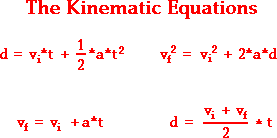- Joined
- Jul 1, 2002
- Messages
- 722
- Reaction score
- 4
Hi guys,
I don't have my physics textbook nearby and I was wondering if someone could remind me how to figure out the center of mass of two objects on a plank, for instance.
For example a 10 kg box is 1 m from the edge of a 10 m plank and a 20 kg box is 2 m from the other edge of the plank. Where is the center of mass on the plank?
I don't have my physics textbook nearby and I was wondering if someone could remind me how to figure out the center of mass of two objects on a plank, for instance.
For example a 10 kg box is 1 m from the edge of a 10 m plank and a 20 kg box is 2 m from the other edge of the plank. Where is the center of mass on the plank?

 .
.

